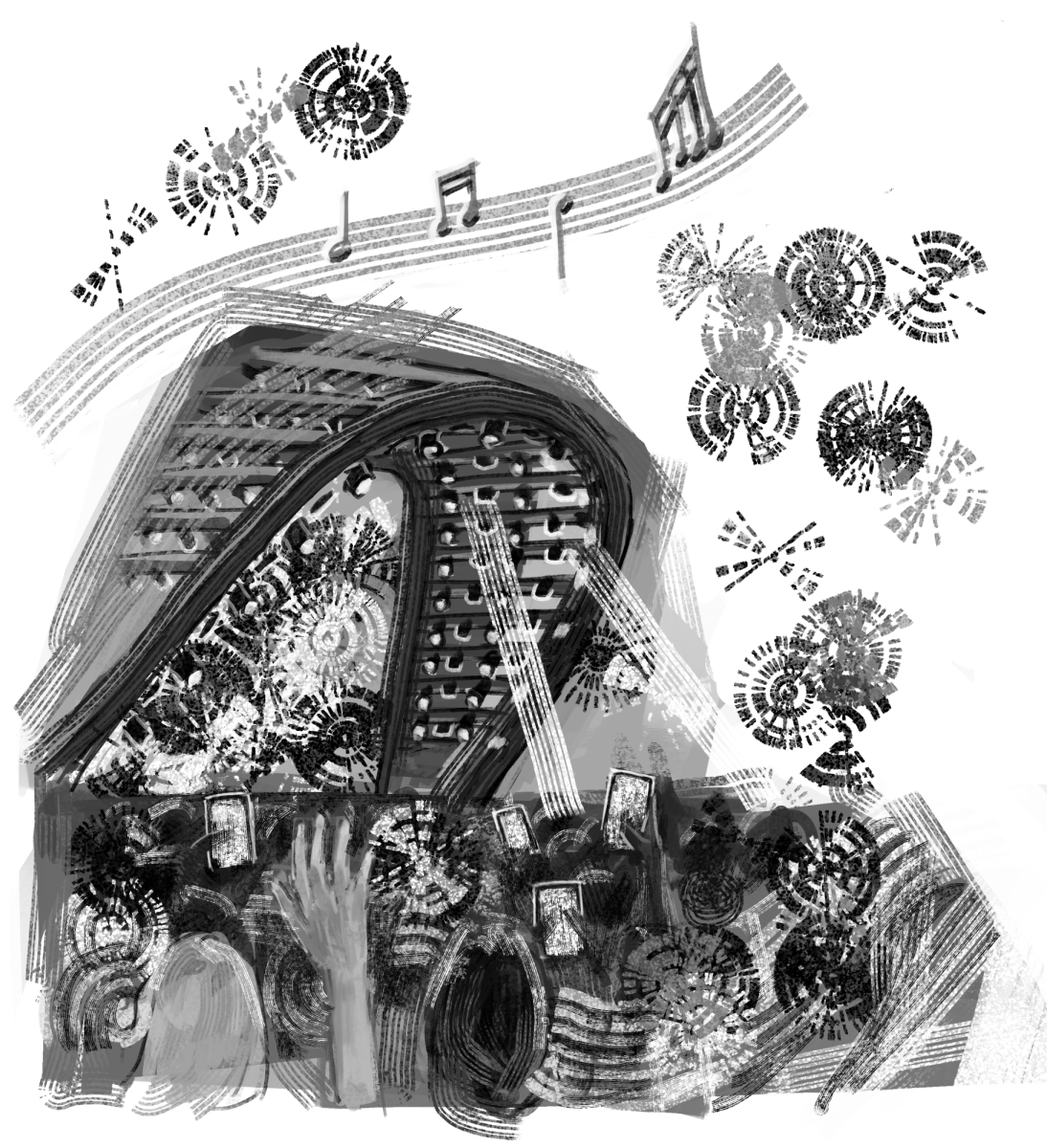The winter brings many things, like cold weather, frosty windows and ice. One often overlooked art form in the colder months is ice sculpting. While it may seem trivial, the art form has a rich history and certain limitations that make it so unique.
The original art of utilizing ice for human purposes dates back to the Inuit people. They used ice as a shelter, building igloos to keep themselves warm in the frigid winter climate.
The traditions people tend to associate with ice sculpting originated in the Heilongjiang province of China. The native population created lanterns made of ice, and this practice slowly gained popularity in the region. The International Ice and Snow Sculpture Festival in Harbin has garnered significant global popularity, attracting hundreds of thousands of tourists to take in the sights from December to February.
Ice sculpting is different from many other art forms for several reasons. By the nature of the medium, sculptures put on display are temporary. While colder climates may prolong their lifespan, ice sculptures are, by design, things of fleeting beauty.
It has become easier for sculptors in the modern era as technological innovations have streamlined the sculpting process. Ice machines can make crystal-clear ice blocks, eliminating the need to harvest natural ice. Furthermore, refrigeration has allowed artists to prepare their sculptures for events months in advance, keeping them pristine until the needed day.
“I can imagine you’ve got to start with a big block, and I guess sometimes you dye them too. I imagine there’s little picks and probably a chainsaw to remove the big stuff. It’s like a real art form,” art teacher Mike McDermott said.
Ice sculptures are still a fleeting art form despite technological advances. They will slowly melt while displayed, wiping an artist’s canvas clean. While this may seem sad, it adds to how remarkable a sculpture is, with each viewing of a sculpture being an entirely new and unique artwork.
“It’s kind of magical. It’s ephemeral, you know; it’s here for the moment. I feel like the person who toils away and puts in a lot of hours knows what they’re getting into. It’s like a performance. I’ve certainly experienced it at restaurants and stuff and thought, ‘I wonder what it looked like two hours ago or five hours ago,'” Mr. McDermott said.
Winter is the perfect time to learn to ice sculpt or even see some sculptures yourself. Although some international events may be inconvenient, there are many local exhibitions and workshops to experience.
While this may sound exciting for some, it is essential to note the frigid conditions conducive to this art.
When asked if he would attend an ice sculpting event, sophomore Cory Breychak said, “I’ve got to be completely honest, not really. I don’t like cold weather.”
Those looking to learn more about ice sculpting may wonder which institutions teach this art form. While many assume that ice sculpting is taught in art schools, culinary schools teach this art form due to its use as centerpieces for extravagant meals.
As a field birthed from a combination of beauty and utility, ice sculpting holds a particular spot as an art form and a staple of winter worldwide. Some students even desire to try the cold craft this winter and see what masterpiece they can create from a simple block of ice.
“Making an ice sculpture would be an interesting experience for me. Maybe this winter,” Breychak said.









